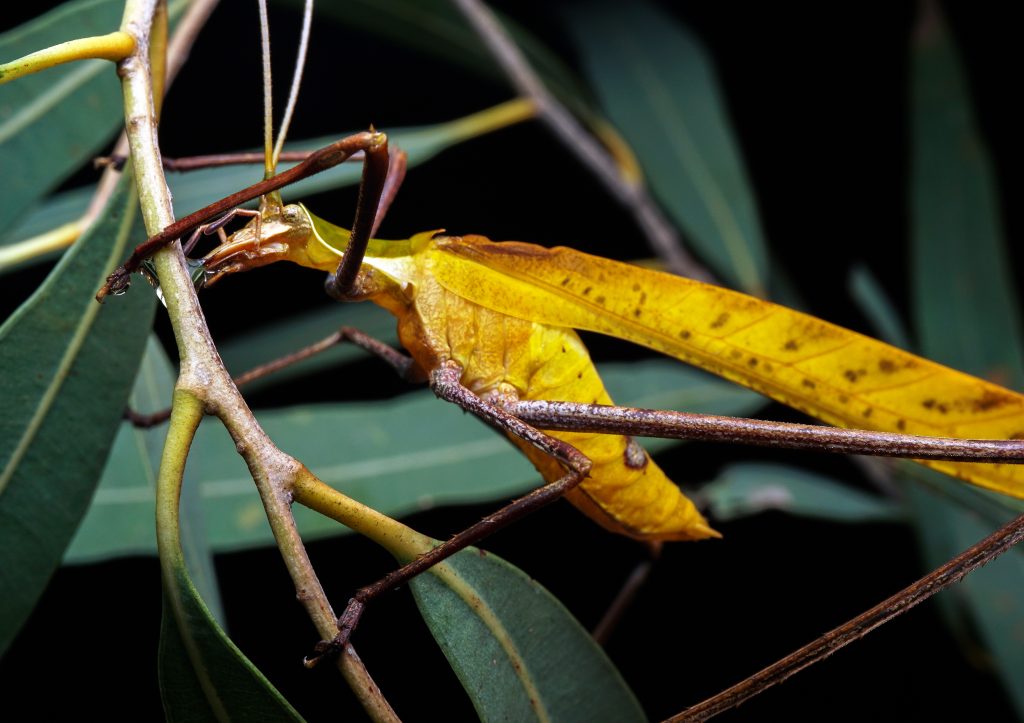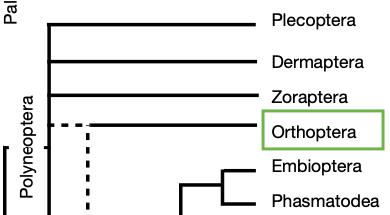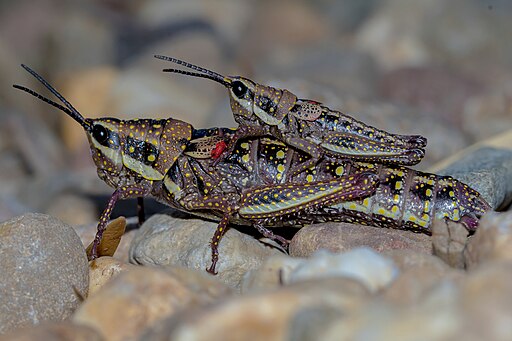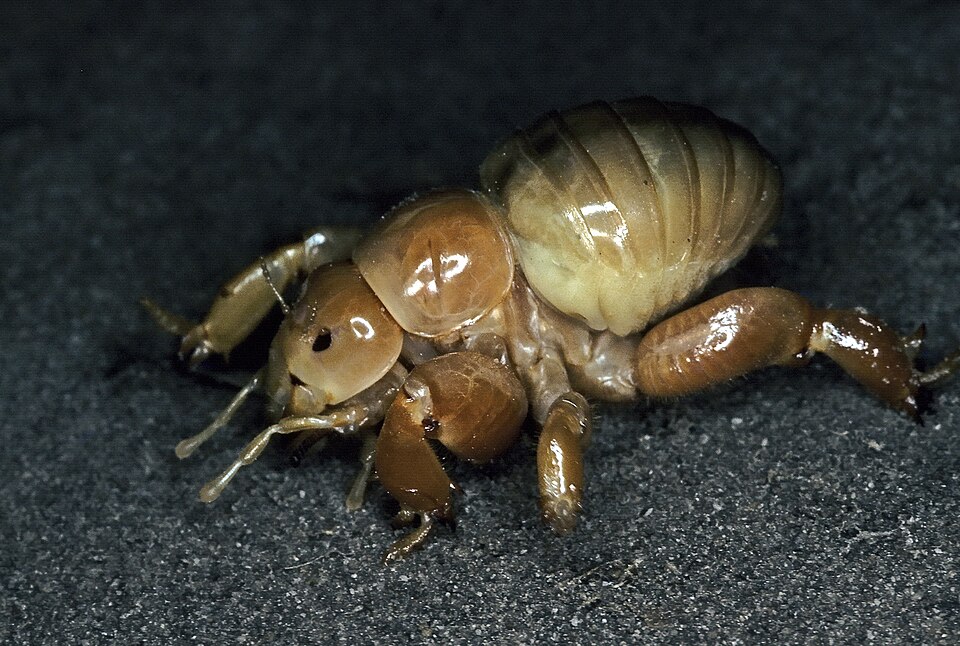20 Orders of Insects: Orthoptera


Order Orthoptera
Orthoptera
- common names: grasshoppers, crickets, katydids, locusts
- Greek ‘ortho’ meaning straight, and aptera meaning ‘wings’
- worldwide distribution; high diversity: ca. 20,000 spp. – about 3000 Australian species
- found in all terrestrial habitats in trees, shrubs, grasses and underground caves; many are cryptic
- many phytophagous, some omnivorous, some predaceous
- have diverse mechanisms for sound production & frequently use sound to attract mates
Taxonomy
2 suborders:
- Ensifera – crickets, katydids, king crickets: characterised by long antennae; usually nocturnal or well-camoflauged; can be predators, omnivores, herbivores
- Caelifera – short-horned grasshoppers & locusts; characterised by short antennae; predominantly day-time active, fast-moving, herbivores

Characteristics of Orthoptera
- Medium to large (up to 10-12cm); elongate, cylindrical body
- mouthparts mandibulate and hypognathous; well-developed compound eyes; ocelli present or absent; antennae multi-segmented; long in Ensifera, shorter in Caelifera
- fore wings form a narrow, leathery tegmina; hind wings broad, folded beneath tegmina; some wingless (apterous) and some with reduced wings (brachypterous); prothorax large with a shield-like pronotum
- enlarged hind legs for jumping
- females have a well-developed ovipositor
Sound production
Sound production occurs with many different insect species but is most elaborate and diverse in the Orthoptera. Stridulation occurs when two body parts are rubbed together: one part being a ‘file’ or finely ridged or pegged surface, the other is a ‘scraper’ (e.g. a plectrum). Katydids and crickets have a ‘file’ on one fore wing that rasps agains the other fore wing. Grasshoppers and locusts have a file on their leg (femora) that rasps against the fore wing scraper. It is the usually the males that “sing”, but occasionally females do, too. The sounds are received via a tympanum (‘ear’) on the fore tibia or an abdominal tergite.
Sound can be used in courtship, aggression or distress.
Mole crickets use the shape of their burrow to amplify the sound in order to attract females.
Read about a Western Australian cricket that uses sound for defence and social communication.
Notes
Many Orthoptera are capable of jumping and their metathoracic legs are modified for this saltatorial habit. The forelegs and midlegs are generally gressorial. Burrowing forms have fossorial forelegs, for example, the mole cricket.
Locusts and some crickets are capable of swarming. These swarms can do much damage to crops. Australia has a Plague Locust Commission whose role is to predict locust plague outbreaks and control the swarms. Read more about plague locusts.
The mountain katydid, an otherwise drab insect, shows a colourful warning display when it is disturbed. It’s also the feature insect on our cover!
The Cooloola monster is a relatively newly discovered species of Orthoptera, first found in sand dunes of south-east Queensland in 1980. A new family, the Cooloolidae was created for the Cooloola Monster and a further three sister species were described, all found in the same vicinity. Another three or four species have since been discovered but are yet to be described. The species are almost entirely subterranean.
Keen to learn more about Cooloola monsters?
Check out the following references:
Rentz, D.C.F. 1980. A new family of ensiferous Orthoptera from the coastal sands of southeast Queensland. Memoirs of the Queensland Museum 20(1): 49-63.
Rentz, D.C.F. 1986. The orthopteran family Cooloolidae, including descriptions of two new species and observations on biology and food preferences. Systematic Entomology 11: 231-246.
Rentz, D.C.F. 1999. Pearson’s monster, a new species of Cooloola Rentz from Queensland (Orthoptera: Cooloolidae). Journal of Orthoptera Research 8: 25-32.
Monteith, G.B. 2020. Searching for Cooloola monsters: 40 years of discovery of these iconic Queensland insects. News Bulletin of the Entomological Society of Queensland 48[2]: 28-42.

Topic Review
Do you know…?
- the main anatomical features of grasshoppers
- how to distinguish between the two suborders

